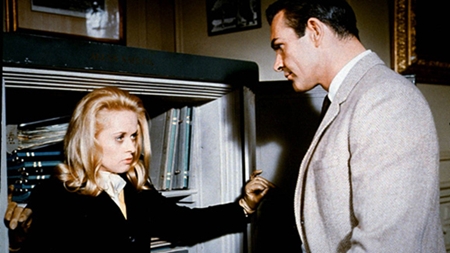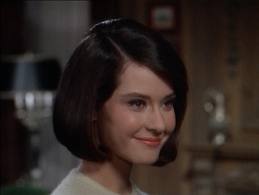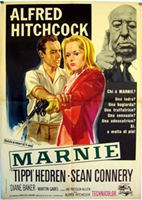 Thin Ice/2012/ATO Pictures/93 min.
Thin Ice/2012/ATO Pictures/93 min.
Small towns where not much happens, 20-below weather, dive bars and cheese curds. It’s all good fodder for quirky, memorable Midwestern noir. Or it could be. But unfortunately “Thin Ice” lets its promise and potential melt away.
There are some things to like – a few funny moments, it looks good and it’s quite well cast. Greg Kinnear plays a sleazy, smiling insurance salesman named Mickey V. Prohaska. His license plate is MVP2 because someone already had MVP. And he’s desperate for cash. He sees a chance to secure some money after he discovers that a new client (Alan Arkin) has a valuable violin tucked away in his farmhouse, amid the knick-knacks and fading wallpaper.
But when Mickey tries to grab the violin, his plan goes disastrously awry thanks to a local psycho (Billy Crudup). Instead of a clean swipe, there’s a dead body to dispose of and complications ensue. David Harbour shines as Mickey’s earnest employee. So does Lea Thompson as Mickey’s estranged wife and Bob Balaban as the violin appraiser.
“Thin Ice” is watchable, parts are enjoyable, but the story limps, then stumbles to a ridiculous ending. There’s no command of the material as it stands. I say as it stands because writer/director Jill Sprecher, a Wisconsin native who wrote the script with her sister Karen Sprecher, reportedly tried to remove her name from the film after the distributor recut it without their involvement.
I wish I could see Sprecher’s original movie and, as for “Thin Ice,” I wish I’d stayed home and watched “Fargo” by the Coen brothers one more time instead.
“Thin Ice” opened in limited release last Friday.

















 In need of winter reading? Enter to win our January giveaway: A paperback copy of “We Need to Talk About Kevin,” by Lionel Shriver, a gripping tale of horrifying family dysfunction. Director Lynne Ramsay’s neo-noir movie version of “Kevin” started release in December and returns this month. Check your local listings for details. “We Need to Talk About Kevin” stars Tilda Swinton, John C. Reilly and Ezra Miller.
In need of winter reading? Enter to win our January giveaway: A paperback copy of “We Need to Talk About Kevin,” by Lionel Shriver, a gripping tale of horrifying family dysfunction. Director Lynne Ramsay’s neo-noir movie version of “Kevin” started release in December and returns this month. Check your local listings for details. “We Need to Talk About Kevin” stars Tilda Swinton, John C. Reilly and Ezra Miller.




From FNB readers